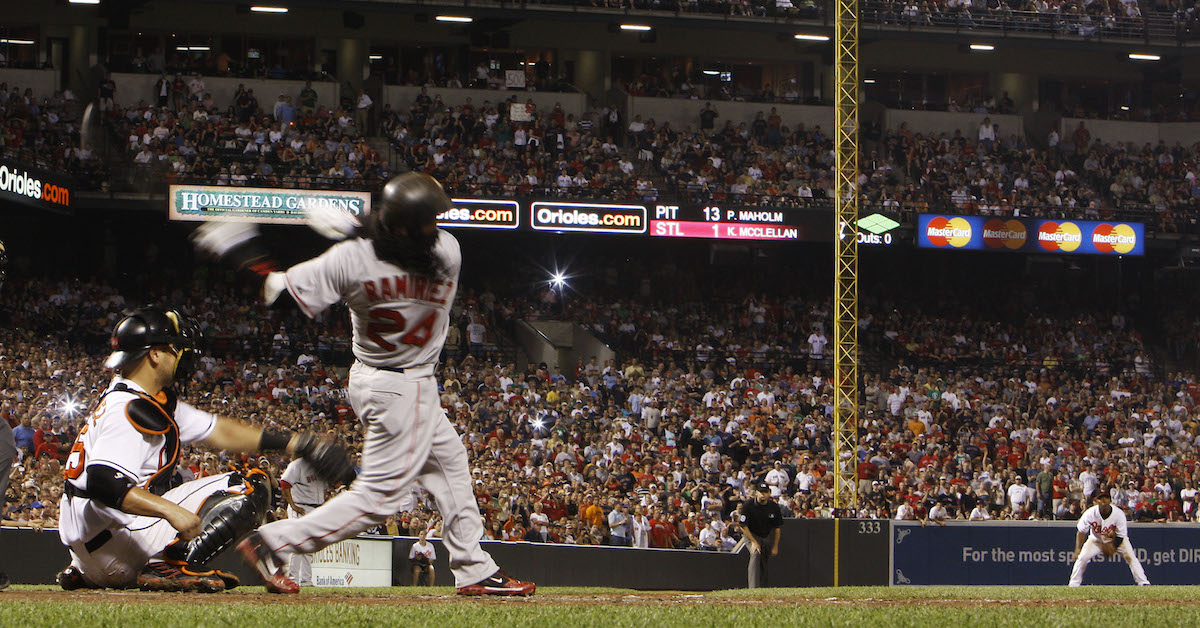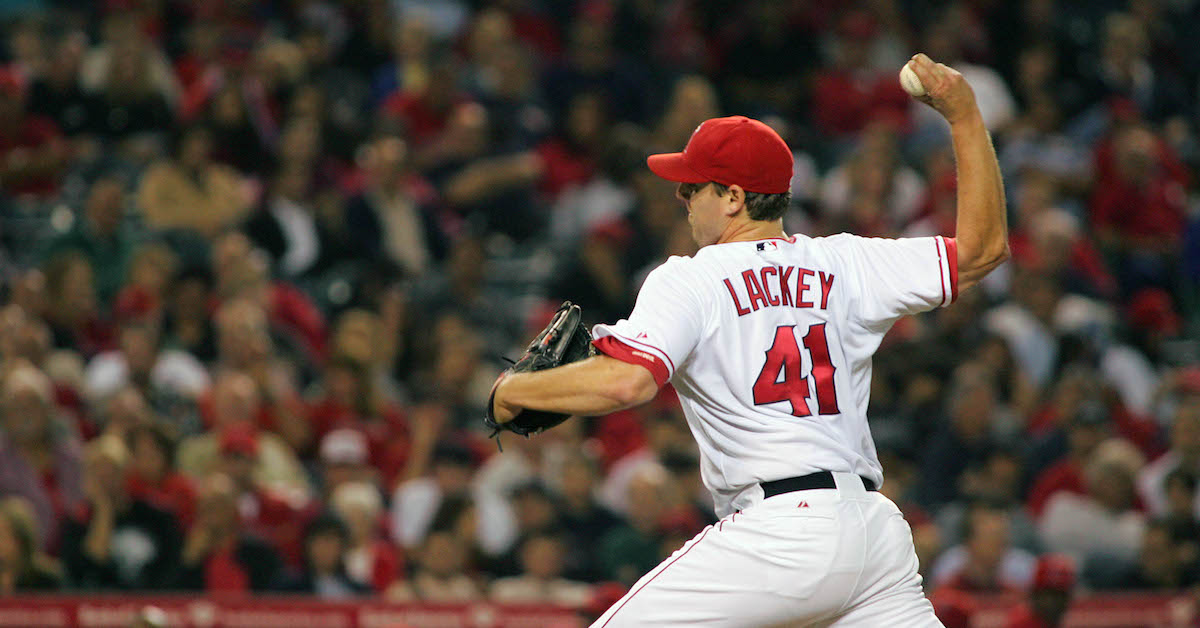JAWS and the 2023 Hall of Fame Ballot: Manny Ramirez

The following article is part of Jay Jaffe’s ongoing look at the candidates on the BBWAA 2023 Hall of Fame ballot. Originally written for the 2017 election at SI.com, it has been updated to reflect recent voting results as well as additional research. For a detailed introduction to this year’s ballot, and other candidates in the series, use the tool above; an introduction to JAWS can be found here. For a tentative schedule and a chance to fill out a Hall of Fame ballot for our crowdsourcing project, see here. All WAR figures refer to the Baseball-Reference version unless otherwise indicated.
A savant in the batter’s box, Manny Ramirez could be an idiot just about everywhere else — sometimes amusingly, sometimes much less so. The Dominican-born slugger, who grew up in the Washington Heights neighborhood of upper Manhattan, stands as one of the greatest hitters of all time, a power-hitting right-handed slugger who spent the better part of his 19 seasons (1993–2011) terrorizing pitchers. A 12-time All-Star, Ramirez bashed 555 home runs and helped Cleveland and Boston reach two World Series apiece, adding a record 29 postseason homers along the way. He was the World Series MVP for the Red Sox in 2004, when the club won its first championship in 86 years.
For all of his prowess with the bat, Ramirez’s lapses — Manny Being Manny — both on and off the field are legendary. There was the time in 1997 that he “stole” first base, returning to the bag after a successful steal of second because he thought Jim Thome had fouled off a pitch… the time in 2004 that he inexplicably cut off center fielder Johnny Damon’s relay throw from about 30 feet away, leading to an inside-the-park home run… the time in 2005 when he disappeared mid-inning to relieve himself inside Fenway Park’s Green Monster… the time in 2008 that he high-fived a fan mid-play between catching a fly ball and doubling a runner off first… and so much more. Read the rest of this entry »









